Zagreb Beginnings: A Childhood Shaped by War and Wanderlust
Imagine growing up in the heart of Zagreb during the 1930s. That’s where Sylva Koscina, born Silvija Košćina on August 22, 1933, began her journey. With a Greek father who managed a hotel in Split and a Polish mother adding cultural flair to the household, her upbringing was anything but ordinary. World War II tore through her childhood, forcing her to move to Italy with her older sister. For a young girl, adjusting to a new language and culture felt like being uprooted and replanted in different soil—but Sylva bloomed beautifully.
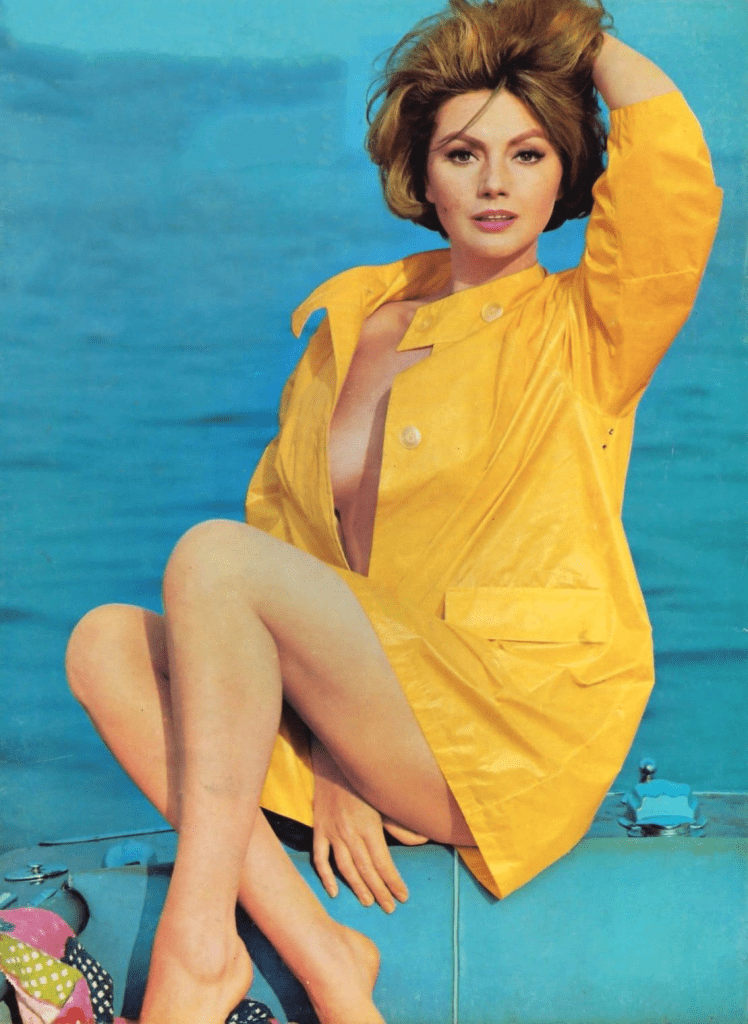
By her teens, her statuesque figure and striking green eyes caught attention at local beauty contests. While studying physics at the University of Naples, she lived in a boarding school run by nuns, masking her future stardom with modesty. Then came 1954, when her role as “Miss di Tappa” at the Giro d’Italia bicycle race changed everything. Handing flowers to the winner, her image went viral across newspapers, igniting her destiny as a star.

Breaking Into Cinema: From Supporting Roles to Italian Fame
Sylva’s cinematic path began with a humble role in Are We Men or Corporals? (1955) alongside Totò, Italy’s comedy giant. That little part led to her breakthrough in The Railroad Man (1956), where she played Giulia, the daughter of a weary train engineer. Her mix of tenderness and magnetism captivated audiences. In no time, she was starring in Italian comedies such as Oh! Sabella and Ladro lui, ladra lei.
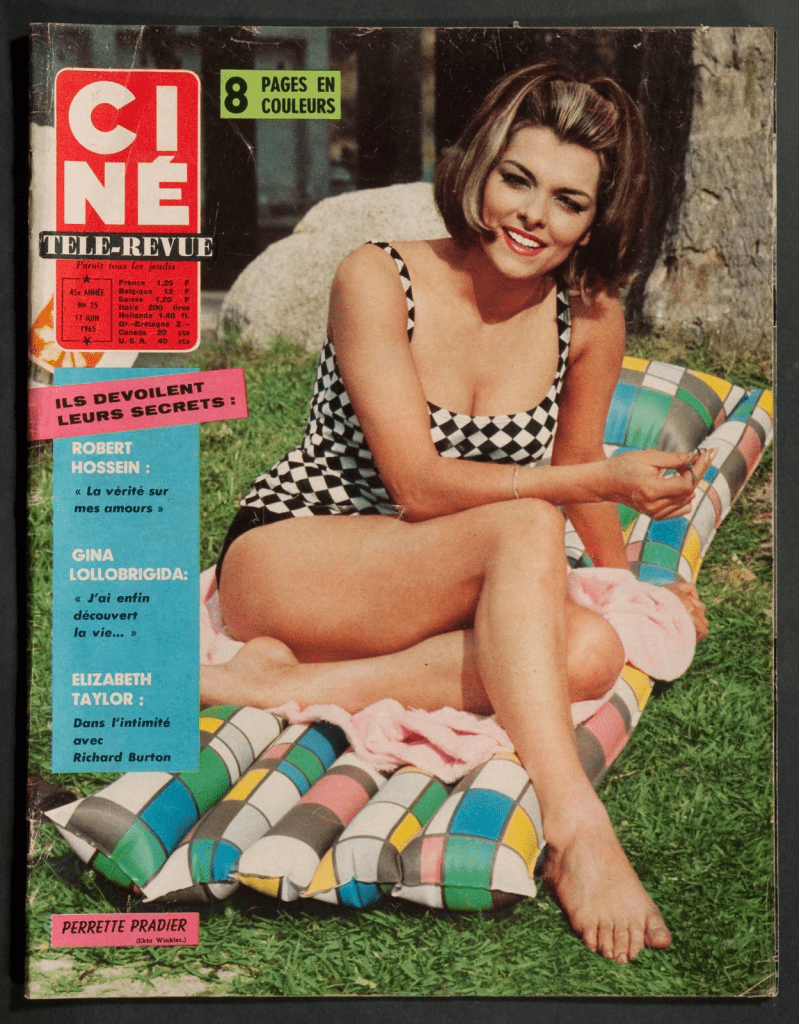
Then came Hercules (1958). Cast as Iole opposite Steve Reeves, Sylva embodied a mythical beauty who captivated viewers worldwide. The sequel, Hercules Unchained (1960), cemented her as an international star. Ever notice how some roles become part of pop culture? That was Sylva as Iole—a timeless icon of the sword-and-sandal era.
Video : SYLVA KOSCINA TRIBUTE
The International Spotlight: Hollywood Beckons
The 1960s saw Sylva Koscina transition from Italian darling to global star. In The Secret War of Harry Frigg (1968), she held her own opposite Paul Newman, blending elegance with charisma. Films like A Lovely Way to Die (1968) with Kirk Douglas and Hornets’ Nest (1970) with Rock Hudson showcased her ability to match Hollywood’s finest on-screen.
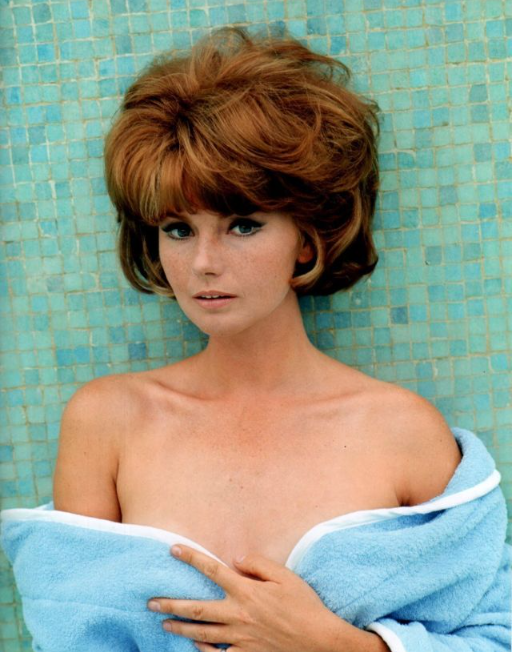
Not one to be typecast, Sylva explored thrillers such as Deadlier Than the Male (1967), playing a dangerously seductive assassin. She even appeared in Federico Fellini’s surreal masterpiece, Juliet of the Spirits (1965). From glamorous heroines to complex anti-heroines, her range sparkled like a kaleidoscope—unexpected, bold, and unforgettable.
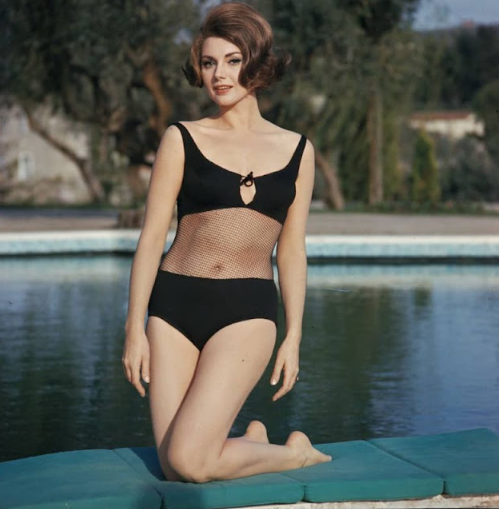
A Personal Life of Love, Luxury, and Struggles
Behind the screen glamour, Sylva’s personal life was a whirlwind. In 1960, she began a relationship with producer Raimondo Castelli, eventually marrying him in Mexico in 1967. Because Castelli was previously married, Italy didn’t recognize their union. Still, they lived lavishly in a Marino villa filled with antiques and Renaissance treasures.

But money troubles soon followed. Her lifestyle exceeded her income, and in 1976, a tax evasion scandal forced her to sell her beloved villa. It was a bitter fall from luxury. Sylva, who often referred to herself in the third person—“Sylva loves this!”—still radiated confidence even through financial storms.

She never remarried after separating from Castelli, focusing instead on her work. By the late 1980s, she battled breast cancer privately, showing resilience until her passing in 1994. Her strength in adversity mirrored the fiery determination she brought to her film roles.
Video : Sylva Koscina
Expanding Her Reach: Television, Theater, and European Cinema
Sylva wasn’t confined to cinema alone. In the 1960s and ’70s, she was a staple of Italian variety shows, celebrated as an “ambassadress of beauty.” She also lit up the stage, taking on theatrical performances that showed her dramatic depth.
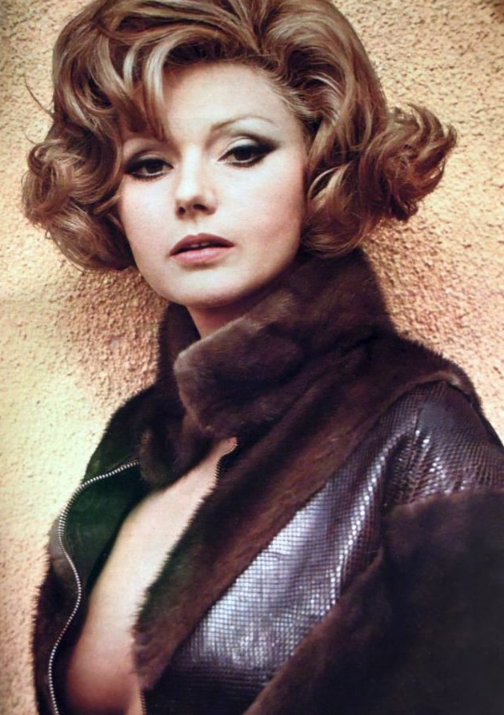
One of her proudest moments came with Battle of Neretva (1969), a Yugoslav war epic where she portrayed a partisan fighter. Attending the Sarajevo premiere, she stood tall not just as a star, but as a cultural bridge between her Balkan roots and Italian stardom.
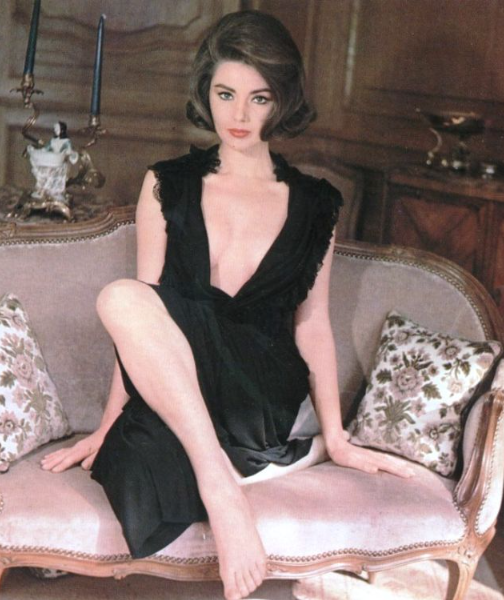
A Lasting Legacy: Why Sylva Koscina Still Captivates in 2025
Sylva Koscina passed away on December 26, 1994, in Rome at the age of 61, leaving behind a cinematic legacy that still resonates. Today, her films like Hercules and Juliet of the Spirits are streaming to new audiences, proving her allure is timeless. Social media tributes continue to circulate, fans calling her “Italy’s classier answer to Brigitte Bardot.”
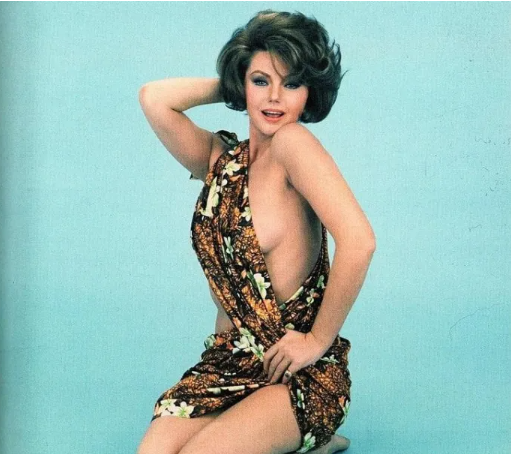
Why does she still enchant us? Because Sylva wasn’t just beautiful—she was bold. She embraced diverse roles, lived extravagantly, stumbled publicly, and still carried herself with poise. She embodied both the glamour and fragility of mid-century cinema, reminding us that stars aren’t perfect—they’re human, and that’s what makes them unforgettable.
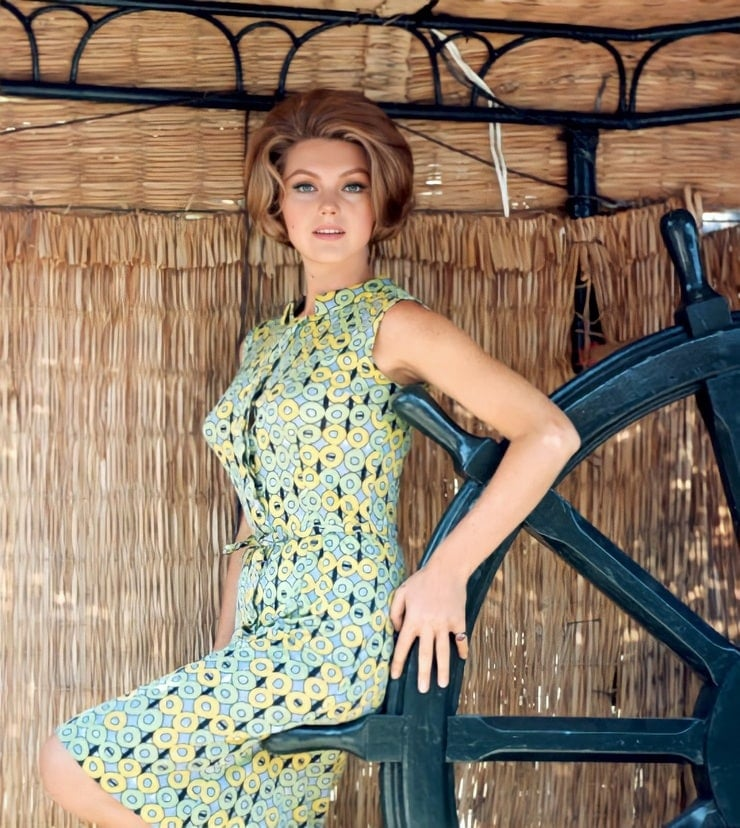
Conclusion: A Life Lived Like Cinema Itself
Sylva Koscina’s story reads like one of her own movies—dramatic, glamorous, and filled with twists. From a war-shadowed childhood in Zagreb to Italian comedies, international stardom, and personal battles, she lived a life both dazzling and turbulent. Her roles spanned from mythical princesses to complex assassins, while her real life balanced luxury with loss.
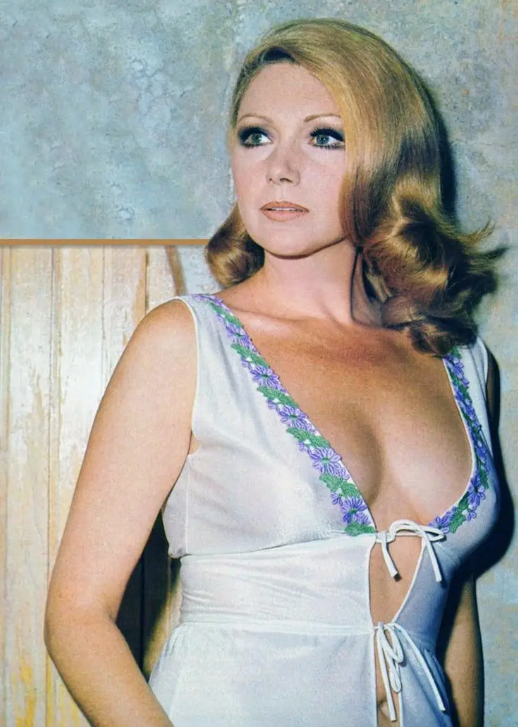
Even decades after her passing, her screen presence remains electric. Sylva Koscina wasn’t just an actress; she was a force of nature—one who reminds us to embrace elegance, courage, and fire in the face of life’s drama.